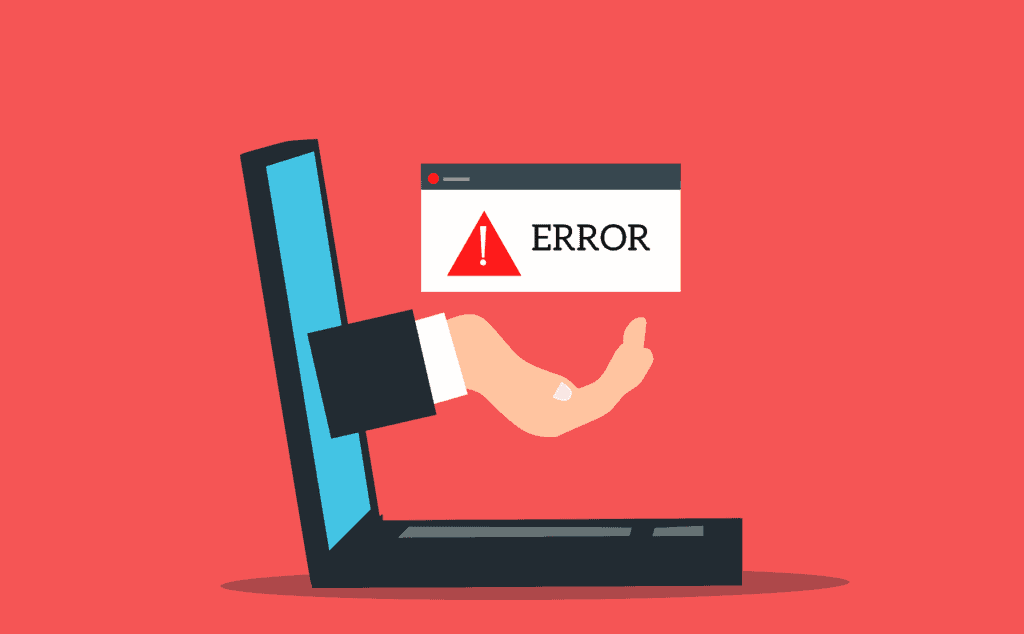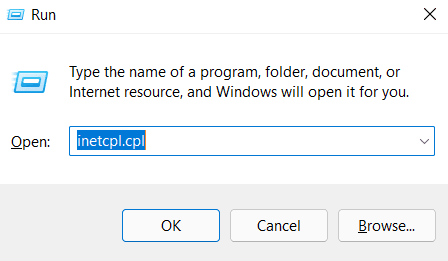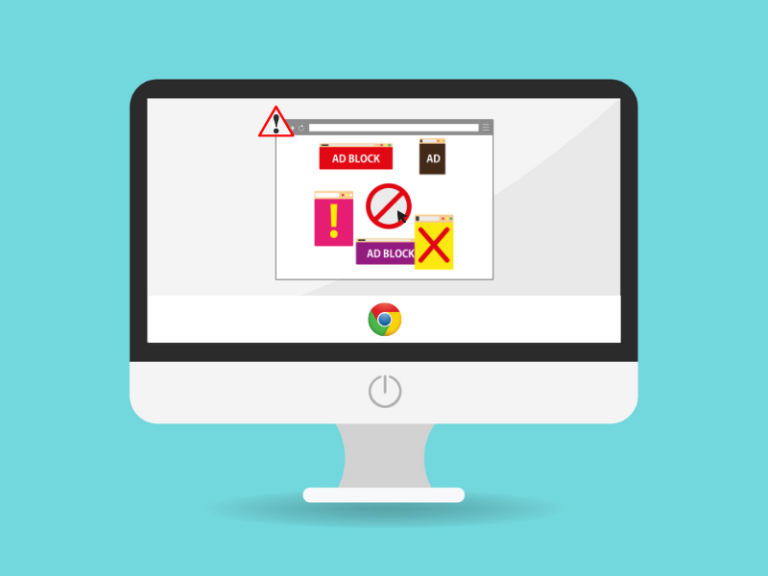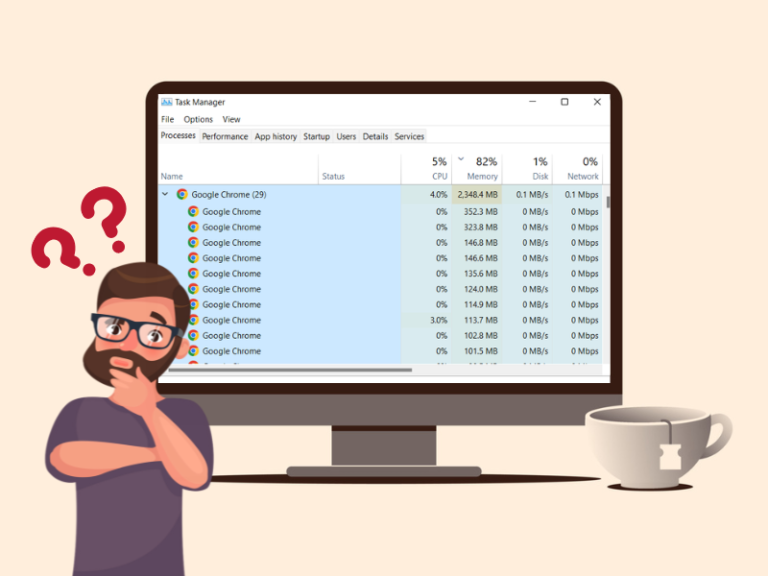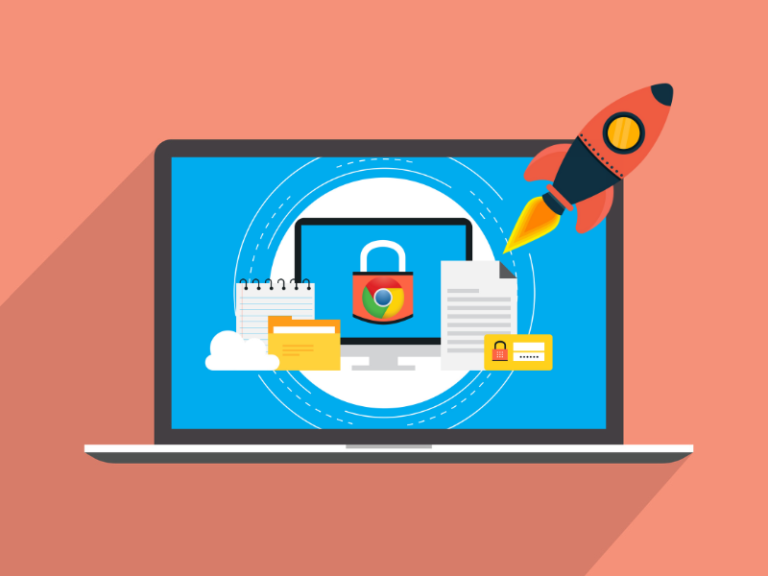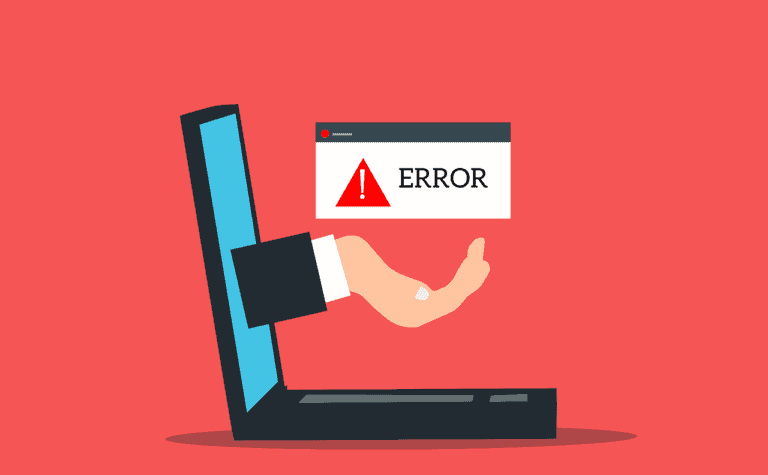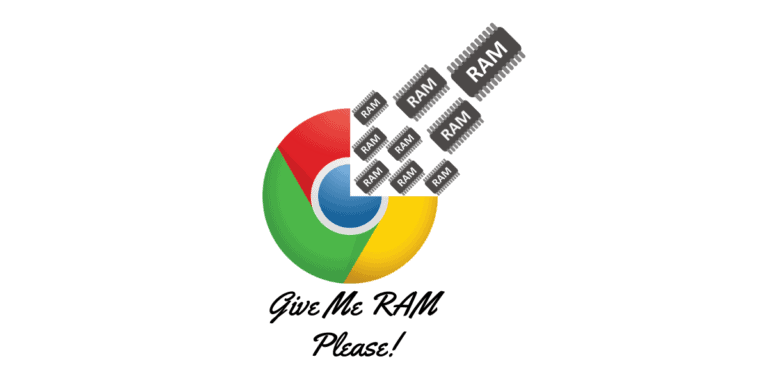Browsers are an essential tool to our day to day life. But isn’t it irritating to face a very common issue “Browser is not responding”? Have you wondered what exactly could be the reason for this? While analyzing this we found some interesting facts that we like to share in this blog.
Browsers may stop responding due to following reasons:
- Insufficient RAM.
- High Disk Usage.
- Too Many Tabs Opened.
- Too Many Un-optimized Extensions are Installed.
- Presence of Malicious Programs in The System.
- Browsers Full with Junk Files, Cache and Cookies.
- Outdated Browsers.
- Corrupt System Files.
These are some most common issues that we have found during our tests.
There is always a common solution for all the problems in windows, to restart the system. If the problem is really negligible then maybe restarting your computer can solve the issue. But in most of the cases we have found that restarting solves the issue temporarily.
Only proper troubleshooting can solve the issue permanently. After several testing we have come across some most useful troubleshooting steps that we would like to share.
11 Troubleshooting Steps to Fix “Browser Not Responding” Issue Permanently
These troubleshooting steps can be done for all the browsers, however we have tested these on the top 3 browsers on the Internet, Google Chrome, Microsoft Edge & Mozilla Firefox.
1. Keep Your Browsers Updated
Keeping browsers up to date is a good practice, companies often release updates that can fix various issues including “Browser not responding” issue.
How You Can Update Your Browsers?
Mozilla Firefox:
- Type about:preferences#general in the address bar. Or you can go there manually by Hamburger Menu > Settings > General.
- Scroll down to Firefox Update and check for updates.
- Check mark on Automatically install updates to let Firefox automatically check and install updates.

Google Chrome:
- Type chrome://settings/help in the address bar. Or you can go there manually by Three Dots > Settings > About Chrome.
- Chrome will automatically download and install updates.
- Relaunch chrome after the updates are installed.
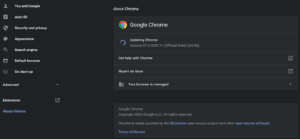
Microsoft Edge:
- Type edge://settings/help in the address bar. Or you can go there manually by Three Dots > Settings > About Microsoft Edge.
- Microsoft Edge will automatically download and install updates.
- Relaunch Microsoft Edge after the updates are installed.
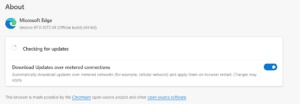
2. Restart Browsers
Often, relaunching the browsers may solve the problem of not responding. However, if Browsers are not responding it is not possible to close them by clicking on the close button. You need Task Manager’s help for this.
Open Task Manager app by pressing CTRL+SHIFT+ESC together on Keyboard then select the browser you want to kill and select on End Task. Then simply restart the browser.
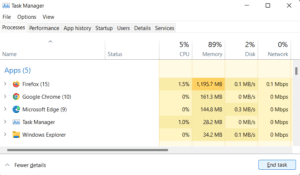
3. Clean Up Your Browsers
Often browsers get overloaded with junk files which drastically reduce its performance and sometimes lead to freezing issues. Some users have found that clearing browsing history, cache and cookies solved their browser not responding issue.
How to Clear Browsing Data?
Mozilla Firefox:
- Type about:preferences#privacy in the address bar. Or you can go there manually by Hamburger Menu > Settings > Privacy & Security.
- Scroll down to Cookies & Site Data.
- Clear Browsing Data & Browsing History.
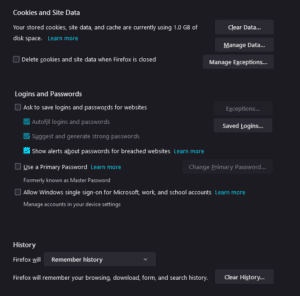
Google Chrome:
- Type chrome://settings/privacy in the address bar and you will be on the Security & Privacy Tab. Or you can go there manually by Three Dots > Settings > Security and Privacy.
- Go to Clear Browsing Data.
- Choose the Time Range as All Time.
- Check mark on Browsing History, Cookies & Other Site Data and Cached Images & Files.
- Select on Clear Data.
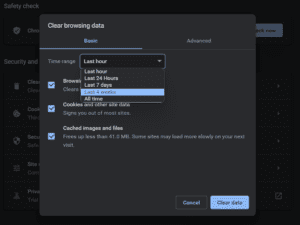
Microsoft Edge:
- Type edge://settings/privacy in the address bar and you will be on the Privacy, Search & Services Tab. Or you can go there manually by Three Dots > Settings > Privacy, Search & Services.
- Scroll down to the Clear Browsing Data section.
- Click on Choose What to Clear.
- Choose Time Range as All Time.
- Check mark on Browsing History, Download History, Cookies & Other Site Data and Cached Images & Files.
- Browsing History, Download History, Cookies & Other Site Data and Cached Images & Files.
- Click on Clear Now.
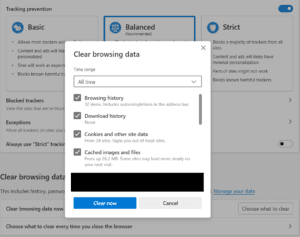
However you can also use third party software like C Cleaner also to clear all these junk files from a single window.
4. Reset Browsers to Default Settings
While changing settings in browsers for our own convenience purpose often we may mess up with something that may result from not responding to browsers. Resetting to default settings can resolve this issue.
How to Reset Browsers to Default Settings?
Mozilla Firefox:
- Type about:support on the address bar. Troubleshooting information page will be opened. Or you can go there manually by Hamburger Menu > Help > More Troubleshooting Information.
- Click on Refresh Firefox.
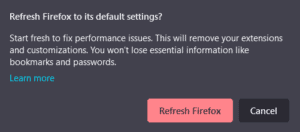
Google Chrome:
- Type chrome://settings/reset in the address bar, Reset and Clean up page will be opened. Or you can go there manually by Three Dots > Settings > Advanced > Reset and Clean Up.
- Click on Restore Settings to Their Original Defaults.
- On the next window click on Reset Settings.
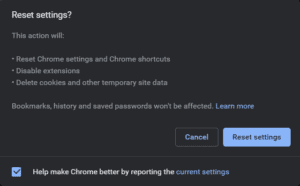
Microsoft Edge:
- Type edge://settings/reset in the address bar. Reset settings page will be opened. Or you can go there manually by Three Dots > Settings > Reset Settings.
- Click on Restore Settings to Their Default Values.
- Click on Reset.
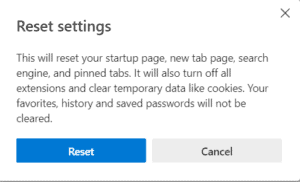
5. Manage Browser Extensions
Extensions are an integral part of web browsers. Extensions help us to improve our browsing experience. However having a lot of extensions sometimes may cause browsers to stop responding. Especially if there is any un-optimized extension. These extensions may eat up a lot of RAM and freeze web browsers. It’s advisable to only keep those extensions which you really use and remove the rest.
How to Remove Browser Extensions?
Mozilla Firefox:
- Type about:addons in the address bar. Or you can go there manually by Hamburger Menu > Add-ons and Themes.
- You will find all your installed extensions under the Extensions tab.
- Select on the Three Dots and then select on Remove.
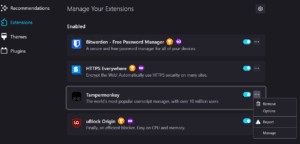
Google Chrome:
- Type chrome://extensions/ in the address bar, you will be on the Extensions window. You can go there manually by Three Dots > Settings > Extensions.All installed extensions will be shown here, remove the desired one by clicking on Remove button.
- All installed extensions will be shown here, remove the desired one by clicking on Remove button.

Microsoft Edge:
- Type edge://extensions/ in the address bar. Or you can go there manually by Three Dots > Extensions > Manage Extensions.
- Here all installed will be shown click on Remove button to remove any extensions.

6. Optimize Disk Usage of Your Computer
Oftentimes if you check your Task Manager you may find Disk Usage is 100%, If you run something heavy like a game or rendering something it’s obvious your disk usage will be 100% or almost 100%.
But, sometimes high disk usage even persists without opening such heavy software. This high disk usage directly impacts performance of browsers and causes the browsers to stop responding. Optimizing disk usage is very essential. You can optimize disk usage of your computer by trying some steps mentioned here.
7. Virus or Malware Infection
Since we browse a number of websites, it’s quite possible your system is affected by a virus or malware which may cause browsers to stop responding.
Scan your system with a good antivirus that you have or can use inbuilt Windows Defender to scan the full system. If any threads are detected by the antivirus then remove those threads and restart windows to check if the issue has been solved or not.
8. Switch to a Memory Friendly Web Browser
Like any other applications browsers also depend upon RAM for their optimum performance. However if you have a budget segment computer or laptop often due to low RAM, browsers may show not responding error.
In such cases you may need to switch to a memory friendly browser or need to troubleshoot RAM usage.
We have a comprehensive guide on the browser that consumes less RAM and some troubleshooting tips for high RAM usage. You can check it here.
9. Clear DNS Cache & Reset IP Config
Flushing DNS Cache & Resetting IP addresses solved the issue of browsers not responding quite a few times.
You’ve been browsing the internet for a long time. For convenience purposes web browsers cache everything to your local directory. But sometimes websites change their DNS and sometimes your computer is unable to get that changed DNS and try to use previous cached data to load the website. This activity fails browsers to load the webpages and may cause freezing.
Clearing DNS Cache & Reset IP Config gives you a better chance of loading the correct website because it will be pulling fresh information or it will restore a fresh cache of that specific IP and URL.
How to Clear DNS Cache & Reset IP Config?
To clear DNS Cache in windows run command prompt with administrator right. Then run the command ipconfig /flushdns. This Will clear DNS Cache.
To Reset IP Config in windows run command prompt with administrator right Then run the following commands:
- ipconfig /release
- ipconfig /renew
- netsh winsock reset
10. Disable Proxy Settings
If at any point of time you have set a proxy server for LAN that might cause freezing issues of web browsers. Disable proxy settings may solve the issue.
- Press Windows Key +R.
- Type inetcpl.cpl in the Run application.
- Go to Connection and select on LAN Settings.
- Check Mark on Automatically Detect Settings and Uncheck Use a Proxy Server for Your LAN.
- Click on OK then Apply.
- OK then Apply.
- Restart Windows.
11. Using System File Checker (SFC) & Deployment Image Servicing and Management (DISM) Tools
Browser freezing issues sometimes can be on a system level. Maybe some system files are missing or maybe there is any corrupt file that is unreadable. Running SFC & DISM tools can solve the issue.
However this is an advanced step, so creating a backup before running these tools is strongly recommended. If you do not know how to create Windows Backup you can check here.
How to Run SFC & DISM on Windows?
Running System File Checker (SFC):
- Run Command Prompt by giving administration rights (Right click on the command prompt icon and select Run as administration).
- Run command sfc /scannow.
It takes time to complete the SFC process. After finishing the process we will get any one from the following messages:
1. “Windows resource protection did not find any integrity violation” – This means high disk usage issue not because of any system files.
2. “Windows resource protection found corrupt files and successfully repaired” – This means SFC was able to detect the issue and solved it.
3. “Windows resolution found corrupt files but was unable to fix some of them” – This means SFC tools are able to detect the problem but unable to fix it.
Most of the time your problem will be solved by SFC. However If the third message appears then you need to run DISM.
Running Deployment Image Servicing and Management Tool (DISM):
- Run Command Prompt by giving administration rights (Right click on the command prompt icon and select Run as administration).
- Run command Dism /Online /Cleanup-Image /ScanHealth (without space) this command will only check the error parts.
- After running the first command, run Dism /Online /Cleanup-Image /RestoreHealth (without space) this command will restore the errors.
- Restart your computer.
- Run SFC again for the final fix. This time SFC won’t show any errors.
Both SFC & DISM will take a significant time to complete the process. Do not close in between and wait until it is finished. It can take from 15 to 30 minutes.
The Conclusion
Using a browser that hangs all the time is a big issue. However in this blog we try to give some tips and tricks to solve the issue. We recommend following the procedure step by step and you can stop at any point when your issue will be solved. Yet, even after trying all the steps if the issue still persists you may need to reinstall the browsers freshly. And if that also fails to recover the issue then it is recommended to reinstall the operating system.

